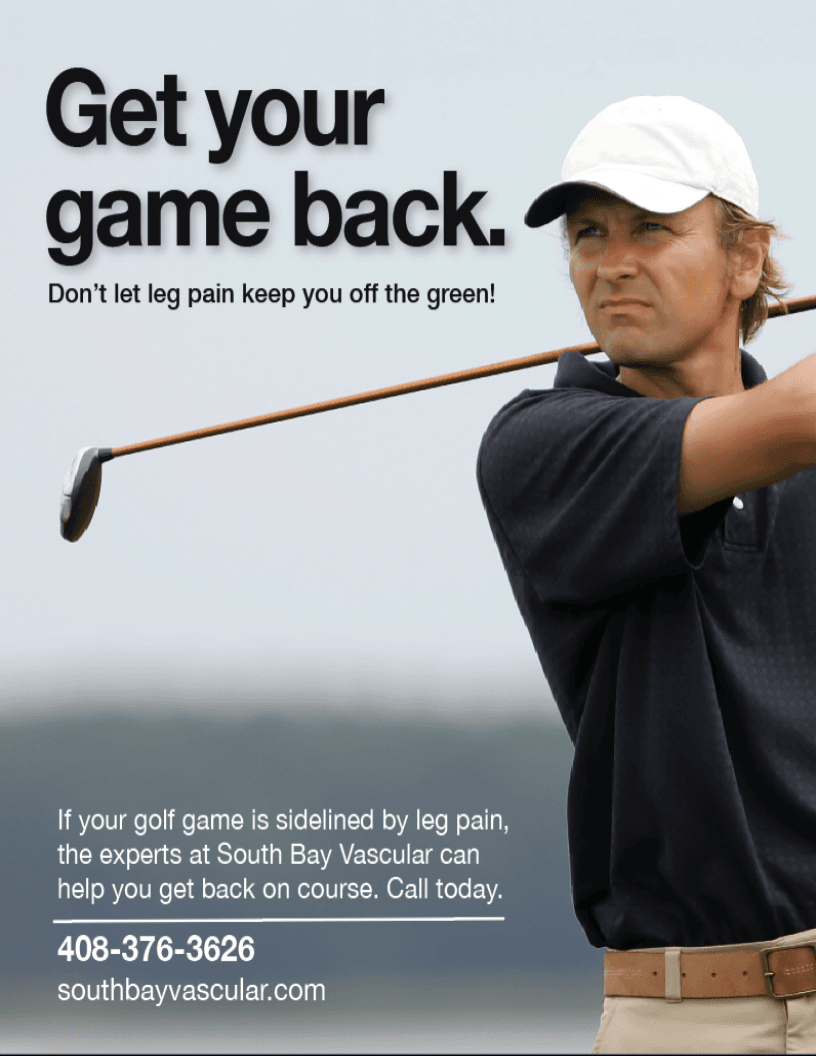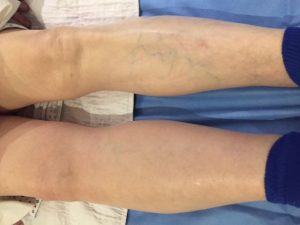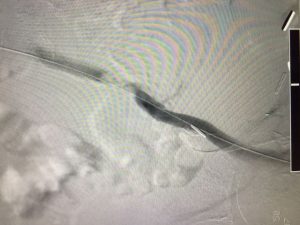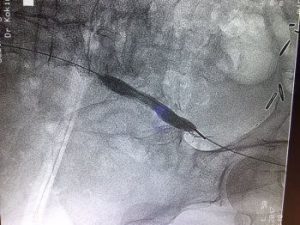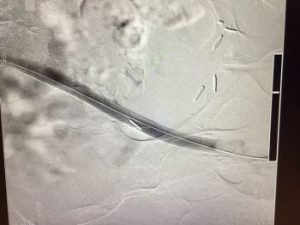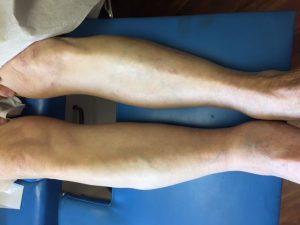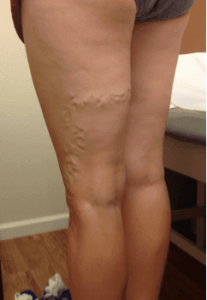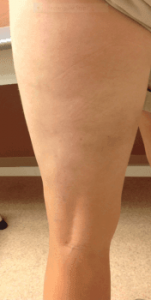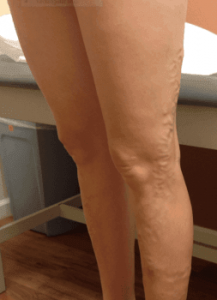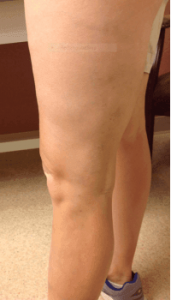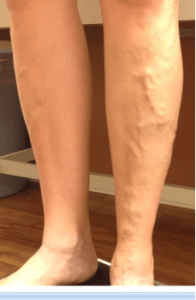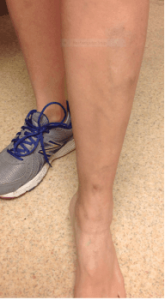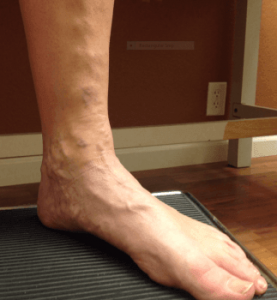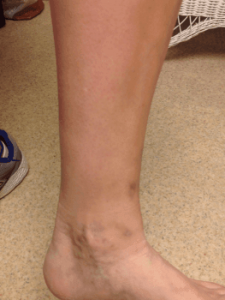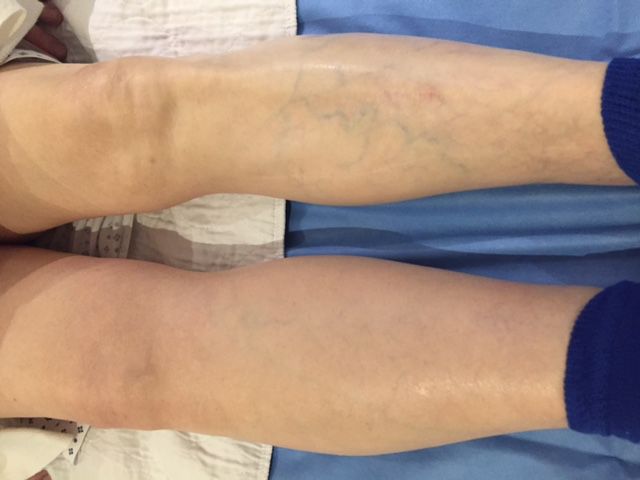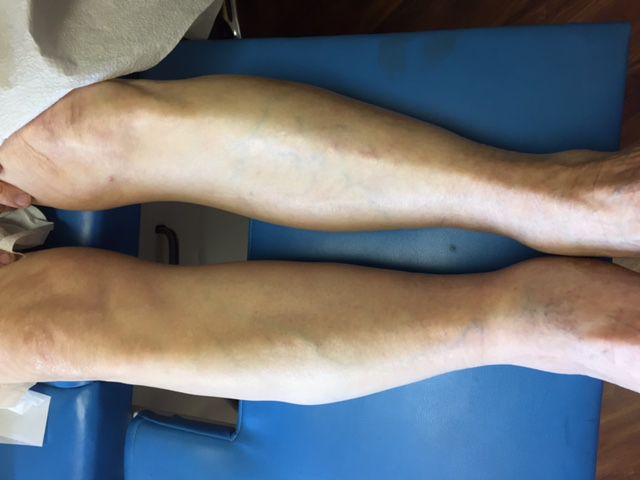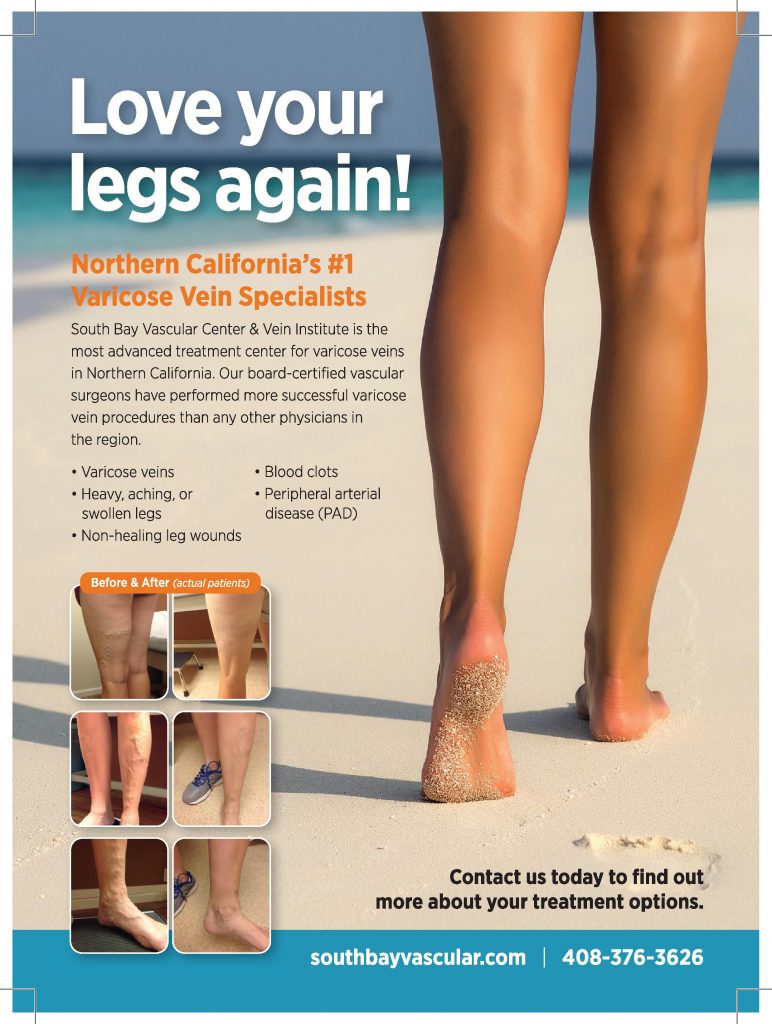According to the U.S. Centers for Disease Control and Prevention (CDC), approximately 18 million people in the United States suffer from Peripheral Artery Disease (PAD), a common circulatory problem in which narrowed arteries reduce blood flow to the limbs. Estimates suggest that anywhere from 12 to 20 percent of individuals over the age of 60 are living with PAD. Approximately 160,000 to 180,000 of the estimated 18 million Americans with PAD will undergo a limb amputation as result of PAD-related condition this year, resulting in lower quality of life, high medical costs, and shorter life expectancy.
But even with these alarming numbers, general population awareness of PAD is estimated at only 25 percent. Symptoms of severe PAD include leg pain, wounds on the toes or feet, gangrene and a loss of leg mass compared to the rest of the body. Individuals are at greatest risk for PAD if you have high cholesterol, high blood pressure, or diabetes. African American and Hispanic populations are also at higher risk as are individuals with a history of smoking. Improvements in technology have allowed for the migration of interventional services from hospitals to same-day interventions at a physician’s office, which offers a more cost-efficient and patient-preferred alternative to inpatient care.
It is crucial for patients to have access to PAD screenings in the community setting to ensure the appropriate treatments are performed before undergoing an amputation. South Bay Vascular Center and Vein Institute is the leading center for the treatment of PAD in San Jose, Santa Clara County, and Silicon Valley.
If you or a loved one is facing a possible lower limb amputation, call our office to schedule a secondary consultation before agreeing to an amputation.
We offer hope when others say there is none.
408-376-3626
www.southbayvascular.com
